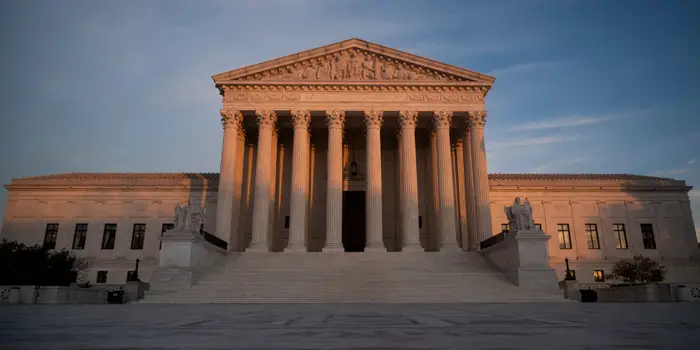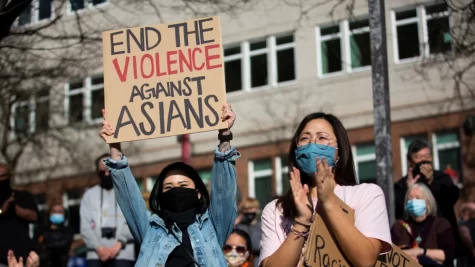Roe v. Wade
The Reversal of Roe
On the night of May 2nd, through a shocking leak from a clerk, it was revealed that the Supreme Court is poised to overturn the immensely important, and controversial, Roe V. Wade ruling. Decided in 1973, Roe V. Wade granted women the right to have an abortion, overruling state laws, such as the Texas law which triggered the case, which banned abortions except in the case of maternal death. The pro-choice movement grew out of the feminist movement of the 1960s and 70s in which women wanted more freedom and control over their lives and futures. There was, at the time, deep resistance from the growing evangelical religious community, but such opposition has only grown in vigor in the years since the case. Roe was reinforced in Casey v. Planned Parenthood in 1992, although the decision did allow for more restrictions on abortion.
The decision Roe v. Wade, with seven of the nine judges voting in favor of Roe, was based on the right to privacy ensured in the 14th amendment. Due to this, some educated in the field of the law fear that other landmark cases based on the right to privacy, such as Obergefell (legalization of gay marriage) and Griswold (right to contraceptives), may also be put at risk.
The state of Texas passed a unique and quite controversial abortion bill in September of 2021. The law limits abortions after approximately six weeks, although most women are not yet aware they are pregnant that early on, and allows citizens to sue other citizens for helping to provide a woman an abortion. This novel approach is only the beginning since the leakage of the draft opinion. In fact, thirteen states already have “trigger laws” ready to be put into effect with the overturning of Roe, many of which only make exceptions when the mother’s life is in danger. The reversal of Roe could prove catastrophic for millions of women in the United States and could alter the verdicts of past and future cases to come before the Supreme Court.


